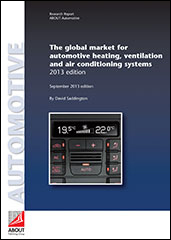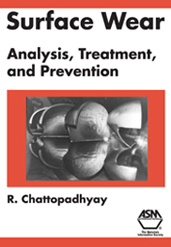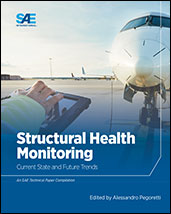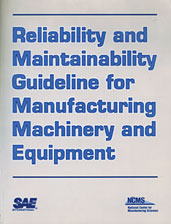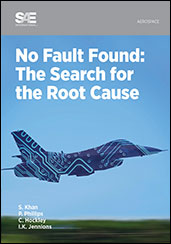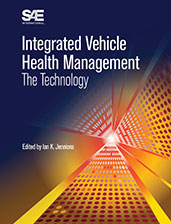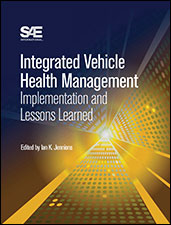Book

Vehicle Thermal Management
2004-04-08
The efficiency of thermal systems (HVAC, engine cooling, transmission, and power steering) has improved greatly over the past few years. Operating these systems typically requires a significant amount of energy, however, which could adversely affect vehicle performance. To provide customers the level of comfort that they demand in an energy-efficient manner, innovative approaches must be developed.


